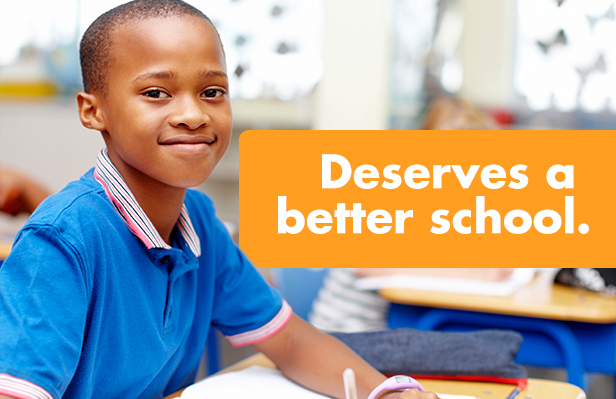Media

How to Make Schools Safer
On January 17, students drew blood at John Harris High School in Harrisburg. Over 30 students fought in the cafeteria during lunch. By the fight’s end kids needed medical attention, including Onlei Heuston, who needed a cast and stitches to mend her torn scalp—three of her braids were “ripped out.” Just a week later, over 100 students fought in a parking lot after a basketball game between Harrisburg and York. On both occasions, police used pepper spray to disperse the brawls.
Students shouldn’t fear for their safety when going to school; nor should parents fear for their child’s safety when entrusting them to others’ care.
The most basic function of schools is to keep children safe. Unfortunately, school districts like Harrisburg and York have become less safe over the years. Kids like Onlei, who are caught in these hostile environments, deserve an alternative. However, students in John Harris High School and other urban areas aren’t the only ones who need to be rescued. Bullying is a nationwide issue.
Seventy-four percent of LGBTQ students report being bullied; 63 percent of students with autism; followed by 44 percent of obese children; and 25 percent of African American children. These are all higher than the 20 percent national average.
Graph: Bullying Demographics
Offering kids an escape from schools where they are bullied is vital not only for their academic success, but also their mental and physical health. Bullied students are more likely to have depression and commit suicide.
Amidst these outbreaks, parents are criticizing the schools and looking for opportunities to help their children.
Florida is taking the problem of school violence seriously. Students experiencing bullying qualify for a special scholarship—giving them a chance to retreat to a safe school. Likewise, Pennsylvania parents deserve more options if their school isn’t safe. Expanding the Educational Improvement Tax Credit (EITC), the Opportunity Scholarship Tax Credit (OSTC), and enacting Education Scholarship Accounts would go a long way to ensure our kids are safe.
Overall, private and charter schools are safer for kids. Private schools are 8 percentage points less likely to have physical conflicts among students and 12 percentage points less likely to have students using illegal drugs than public schools. The Manhattan Institute compared charter schools to district schools and found that middle school charters were safer 94 percent of the time.
Why are private and charters safer? Possibly because they don’t have to produce “extensive documentation to central-office bureaucrats” when disciplining students. Another likely factor is competition. Schools that must compete to retain their students are necessarily more responsive to the needs of families.
Pennsylvania’s tax credit programs have already rescued thousands of kids. However, tens of thousands of students are still refused these scholarships due to cap limits. Raising the limits and giving parents more options through an ESA will help keep our kids safe.